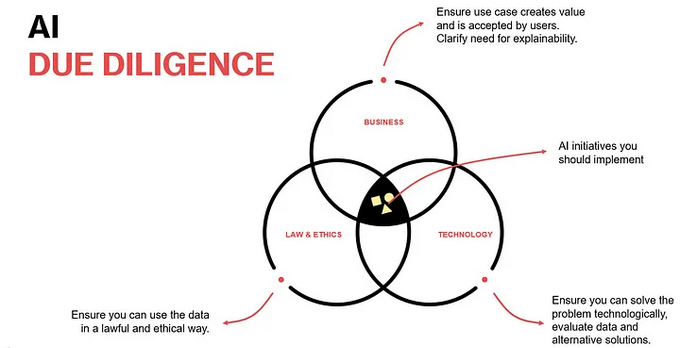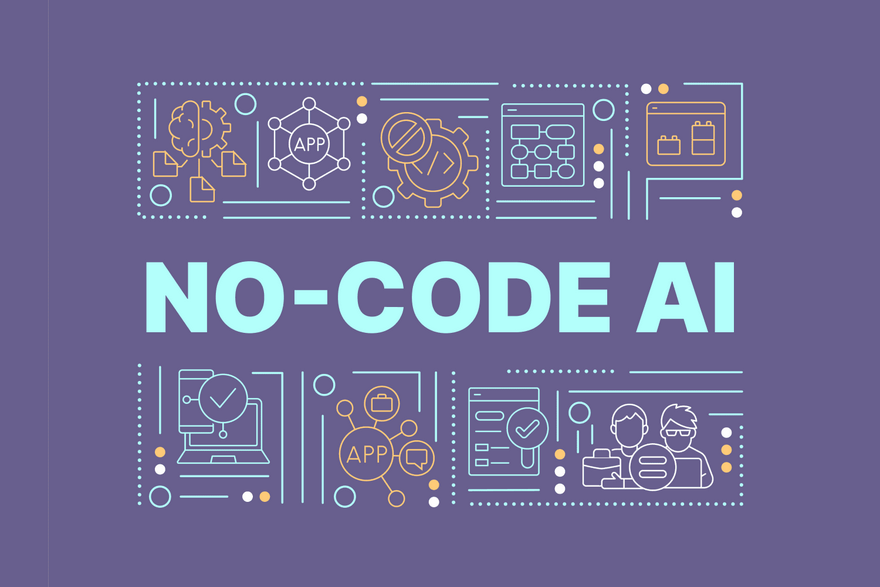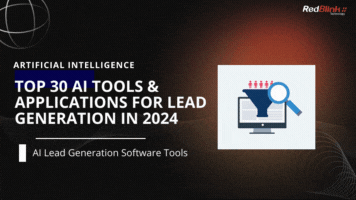
How to Build Powerful No-Code AI Agents in 2025?
Are you curious about creating an AI assistant for your business without a developer’s skill set?...

Are you curious about creating an AI assistant for your business without a developer’s skill set?...

In today’s rapidly evolving technological landscape, AI due diligence has become a crucial process for businesses,...

Are we sacrificing ethics for efficiency in AI-driven web development? This is a big question as...

No-code AI platforms are transforming the way we build software, making it possible for anyone—regardless of...

Remember the days of cold calls and generic emails? Times have changed, and traditional lead generation...

Lorem ipsum dolor sit amet, cibo mundi ea duo, vim exerci phaedrum. There are many variations...

Lorem ipsum dolor sit amet, cibo mundi ea duo, vim exerci phaedrum. There are many variations...

Lorem ipsum dolor sit amet, cibo mundi ea duo, vim exerci phaedrum. There are many variations...

Lorem ipsum dolor sit amet, cibo mundi ea duo, vim exerci phaedrum. There are many variations...

Lorem ipsum dolor sit amet, cibo mundi ea duo, vim exerci phaedrum. There are many variations...